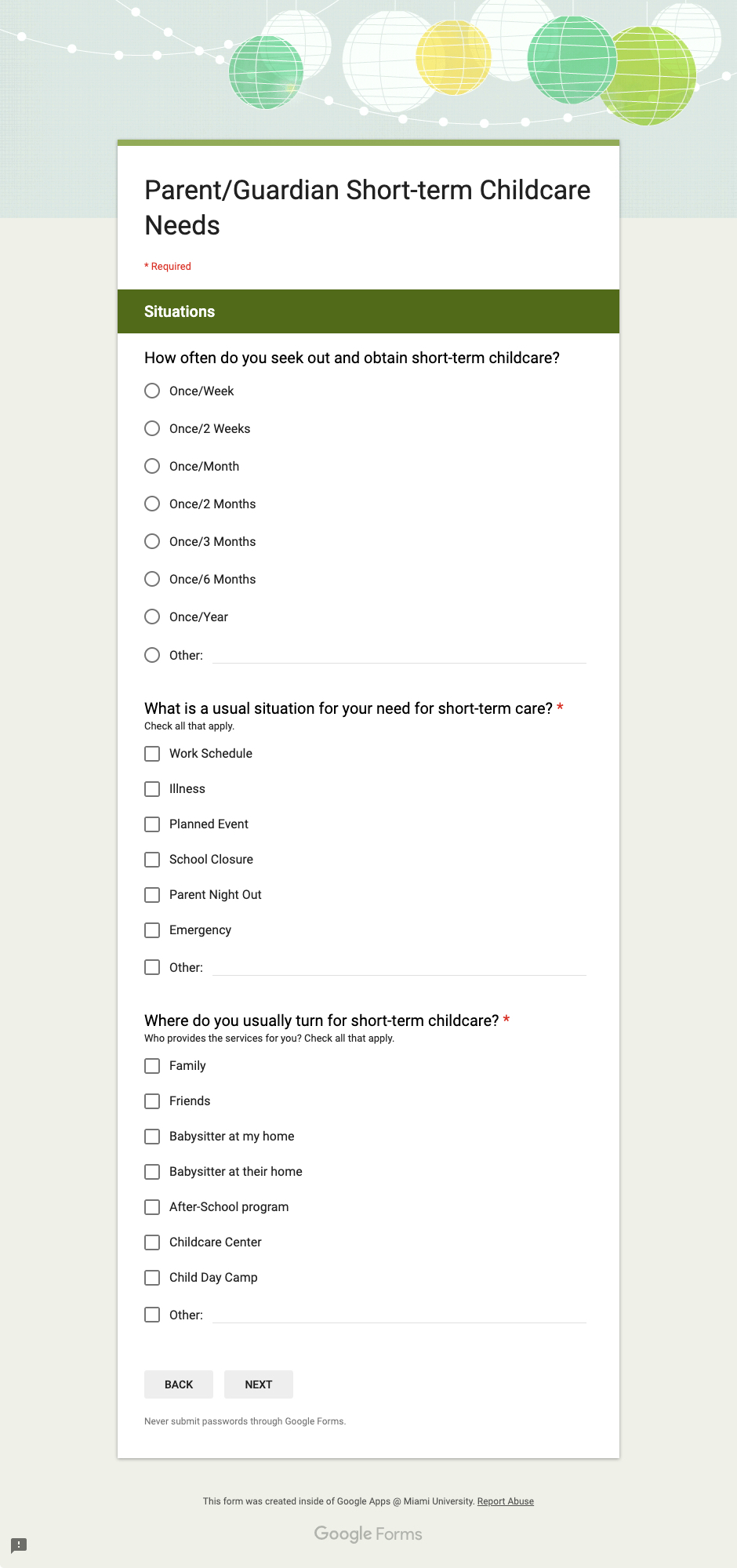
Surveys are a necessary pain (if you need them). They can give you specific data, which is nice, but they also limit that data to a narrow focus because there is no back-and-forth like an interview. There are lots of sources for writing effective surveys, but for now, we’ll stick to the basics.
What Do You Need to Know?
Beware the market researcher who hides inside you. They want to know everything about everyone. The truth of the matter is that you probably don’t need to know everything, you just need to know what is relevant for your study. This may mean you will need to write demographic questions like:
- Where does the person live?
- How old is the person?
- What gender do they identify as?
Depending on your study, you may not need to ask these questions. There are a few questions you really need to think twice before asking Such as:
- What is your name?
- How much money do you make?
- What is your race?
The answers to these questions can raise unintended issues. Asking someone’s name places their identity in your hands. Asking about race suggests you will judge their answers based on outward appearance.
You’ll also need to ask questions that are specific to your study. For example:
- How do you feel about the quality of water in the hall water fountain? (open-ended)
- When you get up in the morning, do you brush your teeth? (limited answer to yes or no)
Personally Identifiable Information
Most times, to answer your research question, you will not need to get participants’ personally identifiable information. You do not need to know their names or addresses. People who are concerned about identity fraud and privacy issues will be more likely to participate in your survey if they know you will not collect this information.
Response Types
Survey tools have lots of options these days. Here’s a quick look at what’s out there:
- radio buttons: limited answers with no variance (only one option)
- checkboxes: limited answers with some variance (multiple options)
- Likert scales: a range of options on a scale of more or less severity (1-5, etc.)
- open-ended questions: text areas that allow free-responses
We’ll discuss these later, but consider what you are trying to learn with your survey before you select these tools.
Informed Consent
Before participants complete a survey they should know what you will use the data for and how you will plan to safeguard it. Surveys should secure participants’ consent before they can answer any survey questions. xdMFA students Hannah Ridge and Sarah Frick developed the following survey for a project in Design Research Methods in 2017. Notice how the survey was designed so participants had to give their consent before they could answer any other questions for the study.

After participants agreed to the consent question in the survey, they advanced to the actual survey questions.

For more about how to develop informed consent documents, visit the Informed Consent page.
Respect Participants’ Time
Do you know how long it will take to complete the survey or interview you have developed? You should. After you draft the survey or interview schedule, have someone you know complete it so you can learn how long it takes to complete and if it renders the data you need. Before participants complete your instrument, tell them how long it will take. For instance:
“This survey will take no more than 3 minutes to complete.”
…inspires confidence in participants because they know how much time to budget. If you say the survey will only take 3 minutes… make sure that’s true. No one likes being hoodwinked!
Resources
Surveys are great because they can give you quantitative data and are pretty easy to send out into the world. Just remember, though… surveys are what people believe about themselves and their worlds. Their responses may not always be completely accurate or true.
Pro Tip
Are you asking for demographic information like age, gender, or location? Ask these at the end of the survey, not up-front. Keep surveys short and to the point. The participants will thank you!
